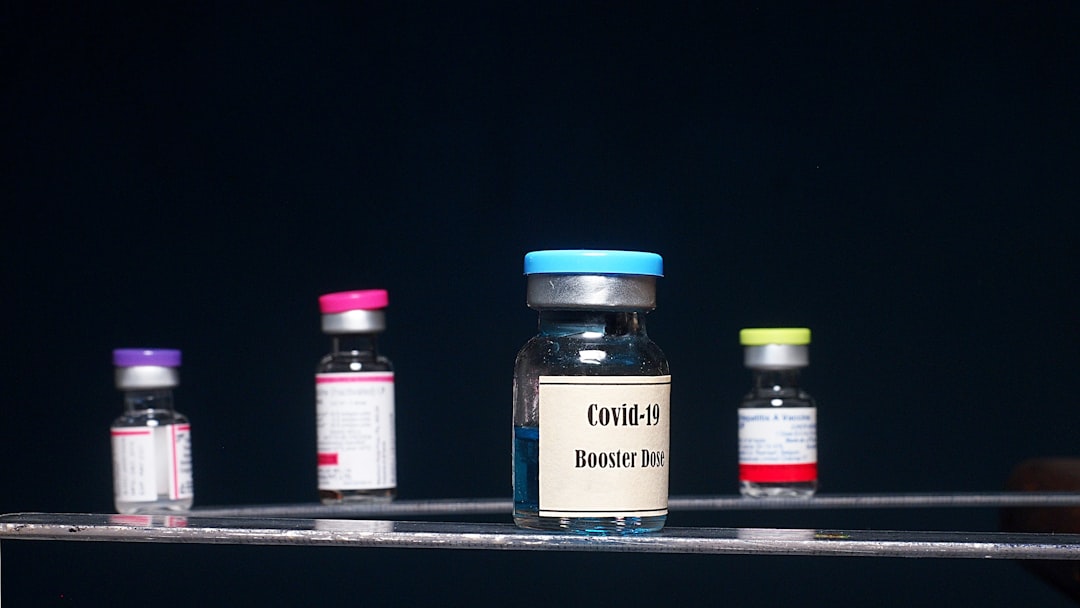What is it about?
This is a computer model of the small blood vessels in the brain and how they are impacted by tiny clots after a large clot is removed during a stroke. As these large clots can break-up into smaller ones and cause damage downstream, this computer model was developed to determine what impact these small clots can have on blood flow in the brain.
Featured Image

Photo by Robina Weermeijer on Unsplash
Why is it important?
After treating an individual with a stroke, a large number do not get blood flow returning to the tissue in the brain. There are various potential reasons, one of which is that small clots block blood vessels downstream stopping this blood flow. We cannot determine this experimentally, but we can assess this on a computer, which is why this model was developed. We found using this method that the impact of these small clots was minor.
Perspectives
I hope this article demonstrates the potential of digital twins in healthcare. This is one of many steps where computer modelling is slowly advancing and complementing medical expertise. The eventual aim is to create these types of models for individuals to determine their life course and help them live healthy lives.
Wahbi El-Bouri
University of Liverpool
Read the Original
This page is a summary of: Modelling the impact of clot fragmentation on the microcirculation after thrombectomy, PLoS Computational Biology, March 2021, PLOS,
DOI: 10.1371/journal.pcbi.1008515.
You can read the full text:
Contributors
The following have contributed to this page










